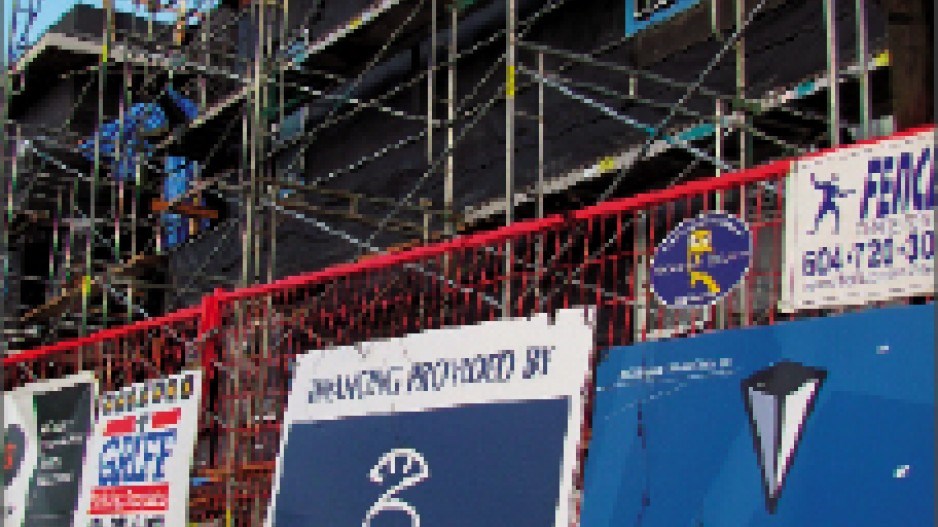Boom? What boom?
It was quite the animated exchange at the Urban Development Institute's February luncheon, where Jim McPherson of Realtech Capital Group Inc. was moderating a panel convened to discuss real estate financing. He asked Scotiabank director of real estate lending Brad Anderson to rebut TD Bank Group president and CEO Ed Clark's recent comments regarding a tightening of lending standards in Canada, "in response to a 'genuine concern' about the country's housing boom and rising consuming debt levels."
Anderson said that banks' underwriting standards have been tight-ening for the three years, but they haven't had any impact on consumer debt levels because falling interest rates offset the effects.
"I suspect the Bank of Canada may be encouraging this type of rhetoric from the banks and their executives, behind the scenes," Anderson added. "In a market economy, banks cannot crank up rates on their own. ... It would have to be from the Bank of Canada or the bond market."
BC Real Estate Association chief economist Cameron Muir then jumped in, fulminating at the notion of a boom in the housing market.
"I just want to comment on this 'genuine concern about the country's housing boom' – Is that like looking back five years, or five years ago? There is no housing boom in this part of the country or in the country as a whole," he said.
The alleged boom is simply a mirage conjured by activity in the more expensive segments of the market, he explained, not a general frothiness among buyers.
But wait! What did Clark actually say?
In his original comments to Bloomberg interviewer Trisha Regan, Clark never mentioned a boom. That word belonged to Bloomberg and the wire services that reported Clark's comments.
Clark, by contrast, took Anderson's position, discussing housing as part of overall consumer debt.
"What's the core propulsion?" Clark asked of household debt in Canada. "We have very low interest rates and a highly functioning banking system, so credit is easily available."
HST disappearing
The day after the Urban Development Institute meeting, that other hot topic of discussion among homebuilders – the fate of the HST – was addressed by B.C. Finance Minister Kevin Falcon.
Falcon confirmed that the PST would take effect April 1, 2013. Subject to approval of the legislature, homes on which work begins on or after that date will not be subject to PST.
The minister's statement pointed out that buyers would still pay approximately 2% PST embedded in construction costs – a point that served as a rationale for Falcon's announcement that a 2% transitional tax will be levied on new homes built before April 1, 2013 but occupied after that date.
The transitional rules also allow buyers of homes valued at up to $850,000 to claim a rebate of the HST. Right now, buyers can only claim a rebate on homes valued at up to $525,000.
Given that most new multi-family projects take 12 to 18 months to build, and buyers are extremely price conscious, the announcement means the HST is effectively history for most buyers buying a new condo in today's display suites.
While the remaining buyers – less than 10%, according to Ministry of Finance estimates – may be wondering why they've still got to pay HST, Deloitte tax partner Janice Roper said the rules are generous and indicate that the province listened to demands that the new PST be simpler than previous sales taxes.
"It's probably as simple as you can get it," she said.
Foreclosures stable
Buzz in the blogosphere indicates foreclosures in Kelowna are up significantly, thanks to a soft vacation-condo market. But a glance at Canadian Bankers Association statistics shows that mortgages in arrears are no more common than they were in mid-2010.
Just 0.46% of all mortgages, or 2,806, were in arrears in November 2011. (This number is a good indication of the potential for court-ordered sale proceedings, as foreclosures are known.)
The current tally is up 94 units from a year earlier, when the rate stood at 0.45%.
But, good news: The arrears rate has been trending down since peaking at 0.49% in February 2011. While significantly above the 10-year average of 0.32%, it's still comfortably below the March 2000 peak of 0.68%. •




